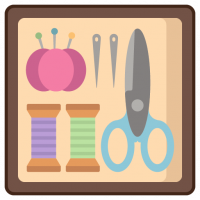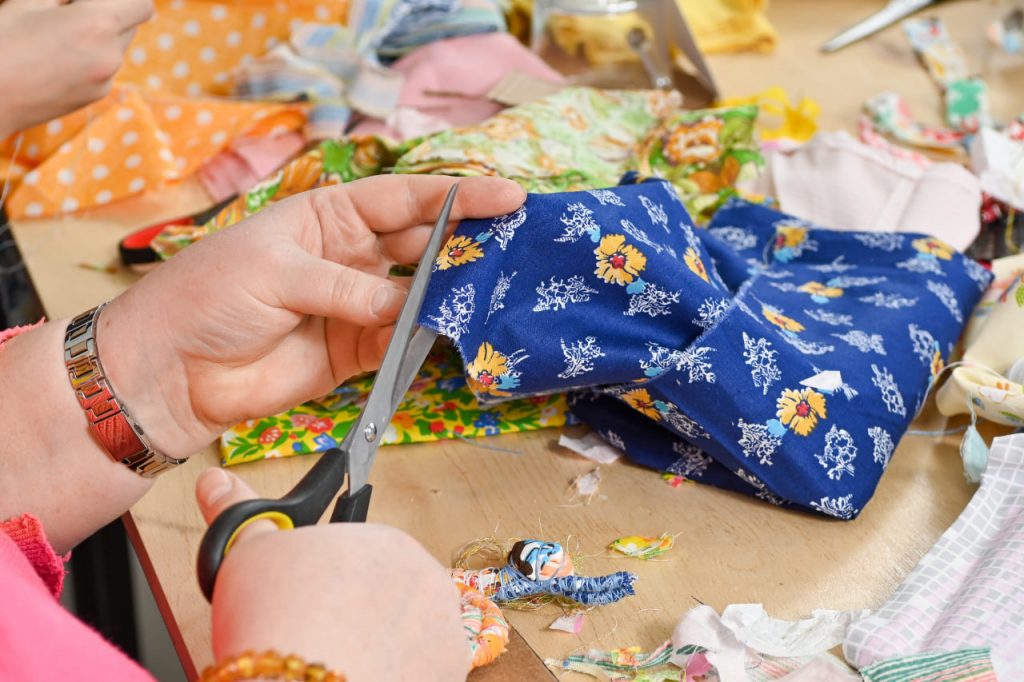Patchwork — the beautiful craft of sewing small pieces of fabric together into a larger, meaningful design — is much more than a hobby. It’s an expression of history, identity, creativity, and care. Across centuries and continents, patchwork has served both as a practical solution and an emotional outlet, evolving into an art form that continues to inspire people today.
A Practical Beginning with a Creative Soul
Originally, patchwork began as a necessity. In ancient times, fabrics were valuable, and wasting even a small piece wasn’t an option. Families would collect leftover cloth scraps and turn them into something useful — a quilt, a blanket, a garment lining. These items weren’t always perfect, but they were full of character. Over time, this practical process began to reflect the creativity of the maker.
Women would arrange the fabric pieces in geometric or symbolic patterns, each one telling a story — of family, struggle, faith, or celebration. Certain shapes or colors began to carry meaning: stars for hope, crosses for faith, log cabins for home and warmth. These patterns became cultural signatures, passed down through generations.
Global Traditions and Regional Styles
Patchwork isn’t exclusive to any one place. Around the world, people developed their own patchwork traditions:
- Japan has the deeply spiritual technique of boro, where garments are repaired with layers of hand-stitched indigo-dyed fabrics. It’s a symbol of resilience, humility, and deep appreciation for materials.
- India celebrates patchwork in vibrant textiles like kantha, where old saris are sewn into colorful bedspreads with decorative running stitches.
- In Africa, patchwork patterns can be bold and symbolic, with each shape or color carrying specific meanings within a tribe.
- In Europe and North America, traditional patchwork styles like the “crazy quilt” or “log cabin quilt” are associated with history, family, and home.
Patchwork became especially important during difficult times — such as wars or economic crises — when fabric was scarce but the need for warmth and comfort remained.
Patchwork Today: More Than Just Quilting
Modern patchwork has transformed into a dynamic, artistic movement. Today, it’s not only about creating practical household items — it’s about expressing yourself, telling your story, and even making social or political statements.
Contemporary artists use patchwork techniques to explore themes like sustainability, identity, and cultural heritage. Digital tools allow for bold new designs, while hand-sewn projects still hold the charm of patience and love.
At Patchwork Academy, we honor both the history and the future of patchwork. Our course combines traditional skills with modern creativity, guiding students from the basics to advanced techniques. We believe that everyone has a story to tell — and patchwork is one of the most powerful and beautiful ways to share it.
The Emotional Power of Handmade Creation
There’s something profoundly calming about working with your hands — choosing colors, cutting shapes, placing them into a harmonious design, and seeing something beautiful emerge stitch by stitch. In a world that often feels rushed and digital, patchwork offers a quiet refuge, a place where you can breathe, focus, and create something that lasts.
Quilts and patchwork pieces are often passed down as heirlooms, carrying with them the memory of the hands that made them. They become part of family history, infused with care and intention.
Whether you want to create meaningful gifts, decorate your home, or simply find peace in the rhythm of sewing, patchwork has something to offer. And at Patchwork Academy, we’re here to guide you every step of the way.
Start your journey today. Your masterpiece is waiting.

